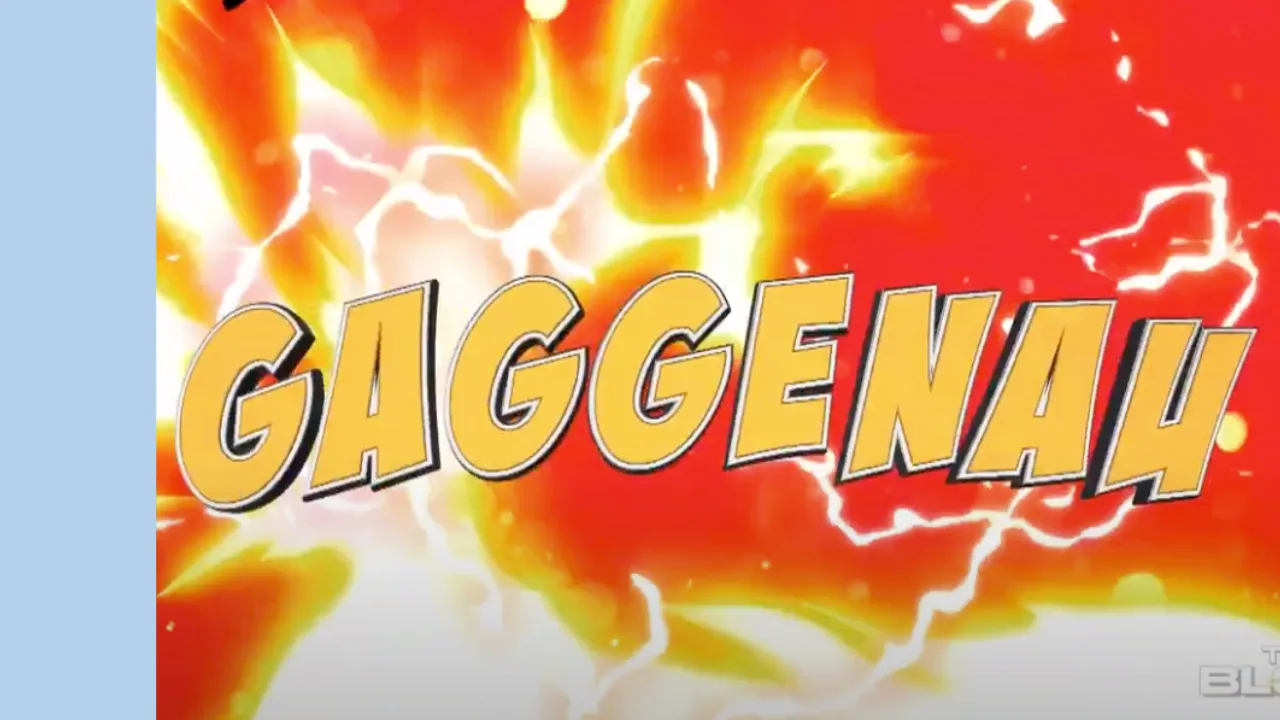Is it time to buy at the current Rio Tinto Limited (ASX: RIO) share price?
Since 4 August, Rio Tinto shares have actually fallen by 21%. That’s a pretty sizeable drop for one of the largest businesses on the ASX.
What’s driving the fall of the Rio Tinto share price?
There’s no getting round the fact that resource businesses are intrinsically linked to the price of the commodity that they sell.
If a business is able to produce 100mt of a resource and it goes up 10% in price, almost all of that price increase turns into extra revenue and profit (aside from taxes).
But the same can be said about falling prices.
The iron ore price has been very high in recent months – it was comfortably above US$220 per tonne in May 2021. But it has actually fallen to US$130 per tonne in recent days.
I don’t think anyone expected that prices would stay above US$200 forever. But that’s a very rapid drop. So investors have seemingly altered their short-term views on the Rio Tinto share price and profit.
Recent result
Rio Tinto recently announced its FY21 half-year result. The revenue went up by 71% to US$33 billion. This helped underlying EBITDA (EBITDA explained) climb by 118% to US$21 billion. Net earnings rose 271% to US$12.3 billion.
Underlying profit/earnings per share (EPS) went up by 156% to 751.9 cents. It used this profit to reveal very large dividends.
Its operating cashflow went up 143% to US$13.66 billion. Prices for aluminium and copper were also strong. Rio Tinto’s free cashflow saw an even bigger rise, with an increase of 262% to US$10.2 billion.
Could the Rio Tinto share price be worth owning for the dividend?
There’s no doubt that Rio Tinto is capable of paying big dividends.
In the HY21 result it decided to pay an ordinary interim dividend of US$3.76 per share, an increase of 143%.
But the board has also declared a special dividend of US$1.85 per share.
That brings the total half-year dividend to US$5.61, an increase of 262%.
That means the last 12 months of dividends amounts to a fully franked yield of approximately 12%. Dividends can quickly fade into history once they’re paid.
However, in my opinion, it doesn’t make sense to buy a business for a 12% yield if the Rio Tinto share price could fall 15% or 20% quickly.
But there’s more to the Rio Tinto share price than just dividends.
Lithium expansion
Rio Tinto has committed $2.4 billion of funding to one of the world’s largest greenfield lithium projects, subject to various approvals. The first saleable production by the mine is expected to be in 2026 at a time of strong market fundamentals with lithium demand forecast to grow 25% to 35% per year over the next decade. The mine is expected to have a 40-year mine life.
It’s better than BHP Group Ltd‘s (ASX: BHP) exposure to coal, that’s for sure.
The ramp up will see full production in 2029 when it will be the largest source of lithium supply in Europe.
This is a good diversification move by the business in my opinion.
But the Rio Tinto share price (and iron ore price) remain elevated, so I don’t think this is the best time to buy yet because of how dependent the miner still is on iron ore, which could continue to fall.










